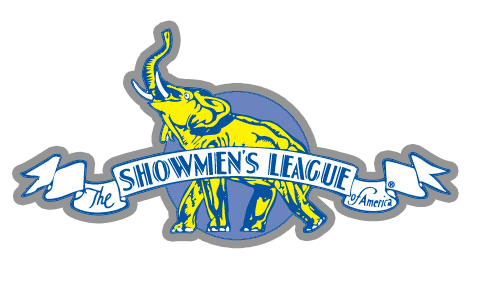Are you a student involved in the amusement business?To receive an application for a Showmen’s League of America Scholarship please email your contact information and industry involvement to: |
© Showmen's League of America
Powered by Wild Apricot Membership Software
